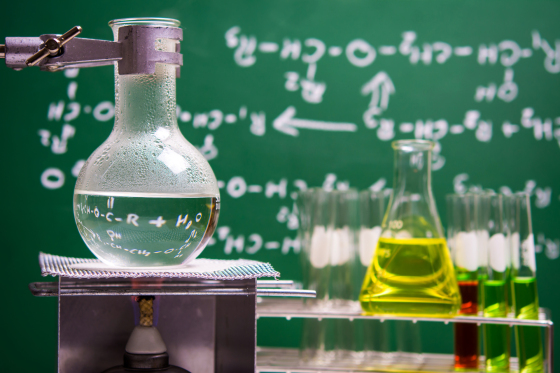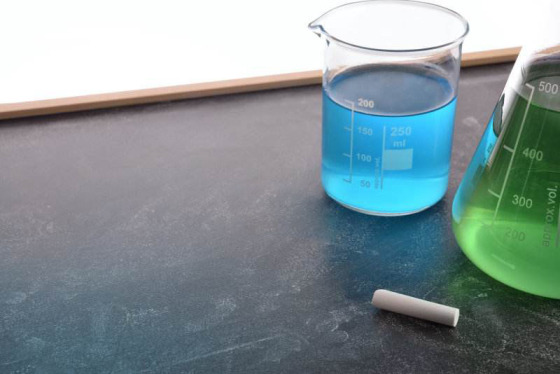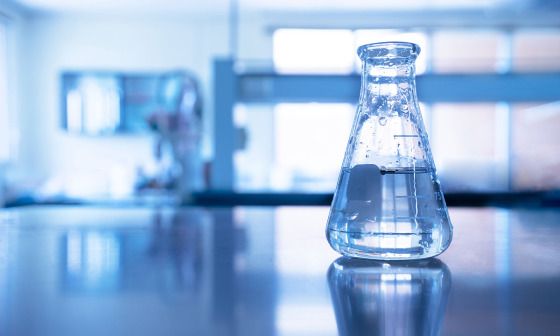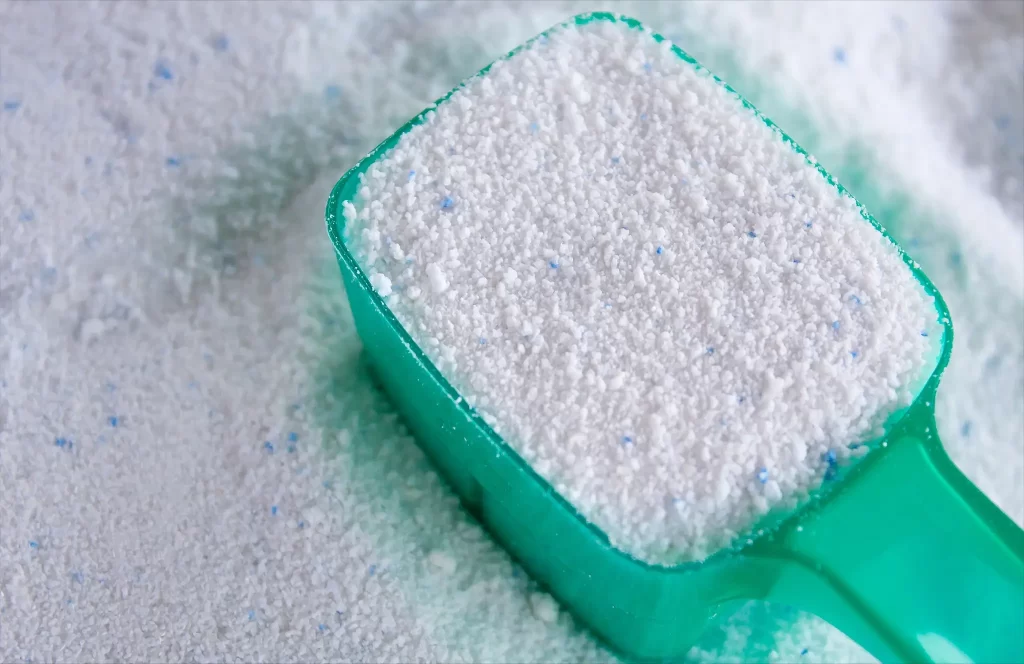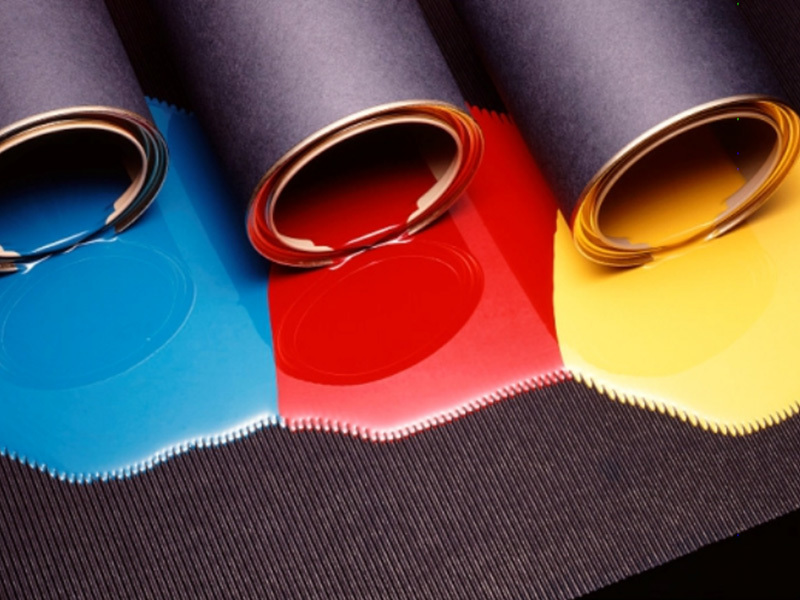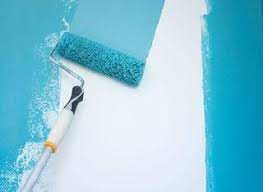The principle of dispersant is to distribute solid tiny particles as evenly as possible in another incompatible material. It refers to a coarse dispersion system composed of insoluble particles distributed in the outer phase of liquid or semi-solid. Dispersant can …
Read More
